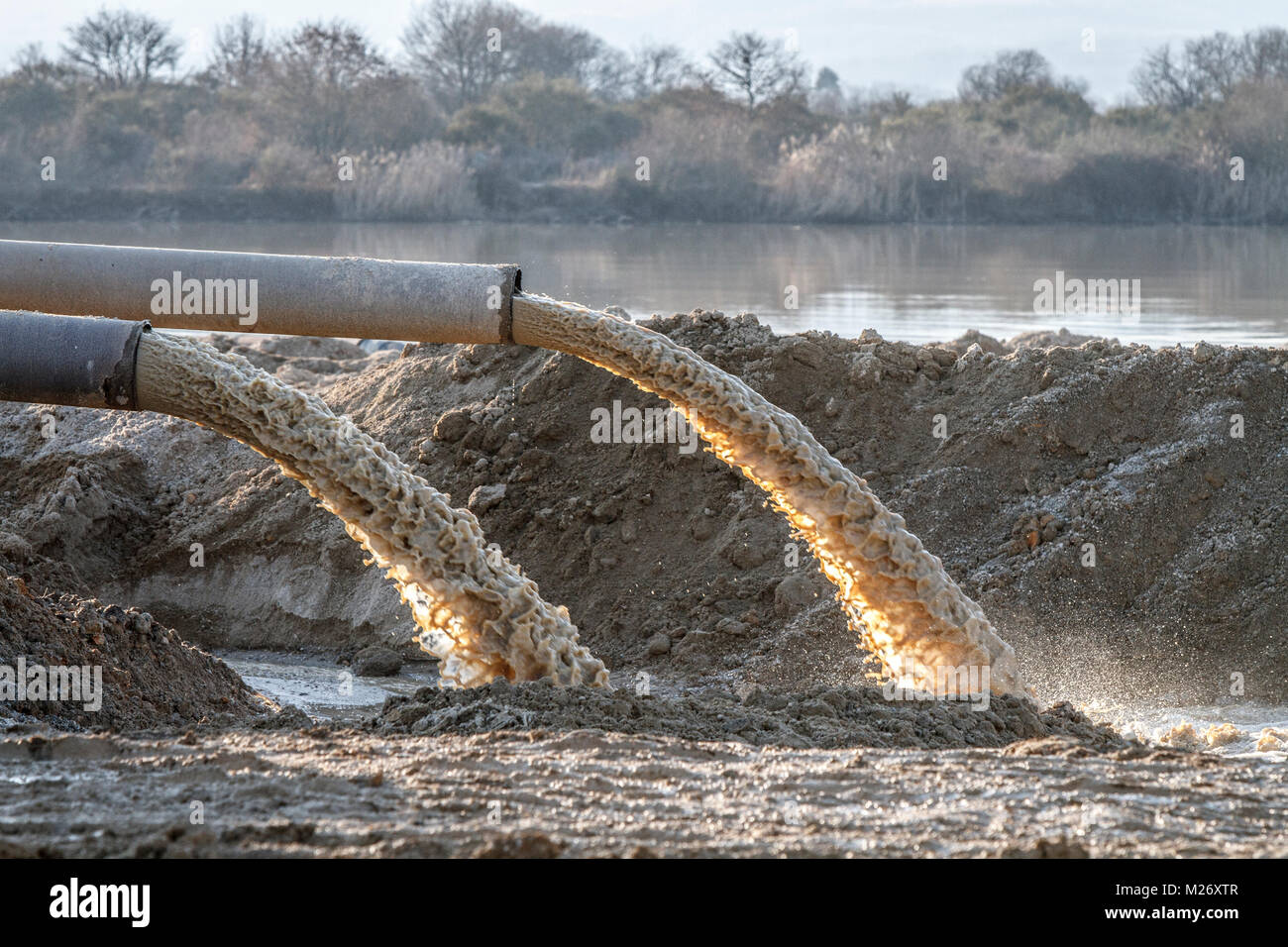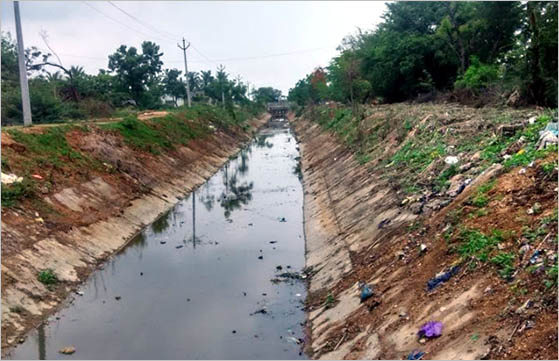Reliable Liquid Waste Disposal Melbourne: Safe and Effective Solutions
Reliable Liquid Waste Disposal Melbourne: Safe and Effective Solutions
Blog Article
How Liquid Waste Disposal Functions: An In-depth Overview of Methods and Technologies Used

Overview of Fluid Waste Types
The complexity of liquid waste kinds demands a complete understanding of their qualities and implications for disposal. Liquid waste can extensively be classified into numerous kinds, including industrial, municipal, agricultural, and unsafe waste. Each category exhibits distinct residential or commercial properties, calling for particular administration strategies to reduce ecological and health dangers.
Industrial liquid waste originates from making procedures and commonly includes a variety of pollutants, such as heavy metals, solvents, and organic substances. Municipal fluid waste, primarily consisting of wastewater from houses and commercial establishments, includes raw material, nutrients, and pathogens (industrial wastewater treatment). Agricultural liquid waste, including drainage from ranches, may contain fertilizers, pesticides, and animal waste, posturing risks to water high quality and environments
Unsafe fluid waste is identified by its poisoning, reactivity, or potential to cause injury. Understanding these varied liquid waste kinds is vital for establishing efficient disposal techniques and ensuring conformity with environmental laws.
Physical Therapy Methods

Screening is the initial action, where bigger fragments and debris are removed from the liquid waste using screens or grates. This process shields downstream devices from damages and makes certain smoother operation. Complying with screening, sedimentation utilizes gravitational pressure to separate solids from liquids. In sedimentation storage tanks, much heavier bits work out near the bottom, developing a sludge layer, while the cleared up liquid can be additional dealt with.
Purification is one more essential method that entails passing the liquid with porous products, such as sand or membranes, to catch smaller particles. This action enhances the high quality of the liquid, making it suitable for succeeding treatment procedures.

Chemical Treatment Techniques
Chemical therapy methods are crucial for properly handling fluid waste, particularly in dealing with liquified and colloidal impurities that physical approaches might not effectively get rid of. These methods utilize different chemical agents to reduce the effects of, speed up, or transform hazardous materials right into less unsafe types.
One usual technique is coagulation and flocculation, where chemicals such as alum or ferric chloride are contributed to promote the gathering of put on hold fragments. This procedure improves sedimentation, permitting simpler elimination of the resulting sludge. Additionally, oxidation processes, utilizing representatives like chlorine or ozone, are used to damage down intricate natural compounds and virus, making the waste much safer for discharge or more treatment.
Neutralization is one more essential method, which changes the pH of acidic or alkaline waste streams to neutral levels, avoiding potential harm to downstream systems and the atmosphere. In addition, progressed oxidation procedures (AOPs) utilize mixes of oxidants and ultraviolet light to break down persistent pollutants, attaining a higher level of therapy efficiency.
Biological Therapy Procedures
Organic treatment processes play a vital duty in the monitoring of liquid waste by using microbes to break down natural issue and decrease contaminant levels. These procedures can be extensively categorized right into cardio and anaerobic therapies, each utilizing particular microbial neighborhoods to attain efficient waste destruction.
Cardio treatment involves using oxygen to help with the failure of natural materials by bacteria. This procedure is typically executed in triggered sludge systems, where aeration storage tanks provide a helpful atmosphere for microbial growth, leading to the oxidation of natural contaminants. The resultant biomass can be divided from treated effluent via sedimentation.
On the other hand, anaerobic therapy happens in the lack of oxygen, counting on various microorganisms to damage down organic matter. This approach is specifically beneficial for high-strength waste, as it creates biogas, a renewable resource resource, while lowering sludge manufacturing. Technologies such as anaerobic digesters are regularly employed in industrial and metropolitan applications.
Both anaerobic and aerobic biological therapies not just decrease the environmental influence of fluid waste yet additionally help with resource healing, making them essential components of sustainable waste administration methods. Their performance, versatility, and performance sustain their prevalent implementation across different industries.
Emerging Technologies in Disposal
Ingenious strategies to liquid garbage disposal are quickly developing, driven by advancements in modern technology and an increasing emphasis on sustainability. Among these arising modern technologies, membrane bioreactors (MBRs) have obtained traction for their capability to incorporate biological treatment with membrane layer filtration, causing premium effluent that can be reused in different applications. MBRs make it possible for smaller sized footprints and a lot more efficient procedures contrasted to conventional systems.
An additional encouraging development is the usage of anaerobic food digestion combined with nutrient recovery innovations, which not only deals with liquid waste yet also produces biogas and recuperates useful nutrients like nitrogen and phosphorus. This dual benefit enhances resource performance and minimizes ecological impact.
Furthermore, progressed oxidation procedures (AOPs) are being adopted for the destruction of intricate natural contaminants. These methods utilize powerful oxidants and liquid waste disposal melbourne drivers to break down impurities at the molecular degree, using an extremely effective service for tough waste streams.
Moreover, the assimilation of artificial knowledge and artificial intelligence in waste monitoring systems is enhancing operational effectiveness and predictive upkeep, causing minimized expenses and improved environmental conformity. These modern technologies show a significant shift in the direction of even more lasting and effective liquid garbage disposal methods.
Conclusion
Finally, reliable liquid waste disposal demands an extensive understanding of various strategies and technologies. The assimilation of physical, chemical, and organic treatment approaches ensures the effective monitoring of varied waste kinds. Furthermore, the development of ingenious modern technologies enhances treatment effectiveness and promotes sustainability in waste monitoring practices. By continually advancing these techniques, it becomes possible to address the growing challenges connected with liquid waste, ultimately adding to environmental security and resource recuperation.
Fluid waste disposal is a vital aspect of ecological monitoring, calling for a detailed understanding of different techniques and modern technologies tailored to various waste types. Fluid waste can extensively be categorized right into several kinds, including industrial, municipal, agricultural, and dangerous waste. Agricultural fluid waste, including drainage from ranches, may contain fertilizers, chemicals, and animal waste, posturing dangers to water high quality and environments.
Various physical therapy approaches play a vital function in taking care of liquid waste properly - industrial wastewater treatment.In conclusion, reliable liquid waste disposal demands a comprehensive understanding of different strategies and innovations
Report this page